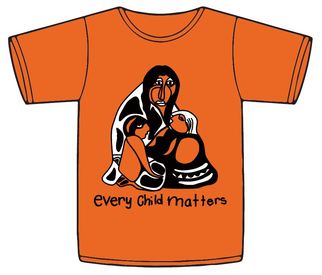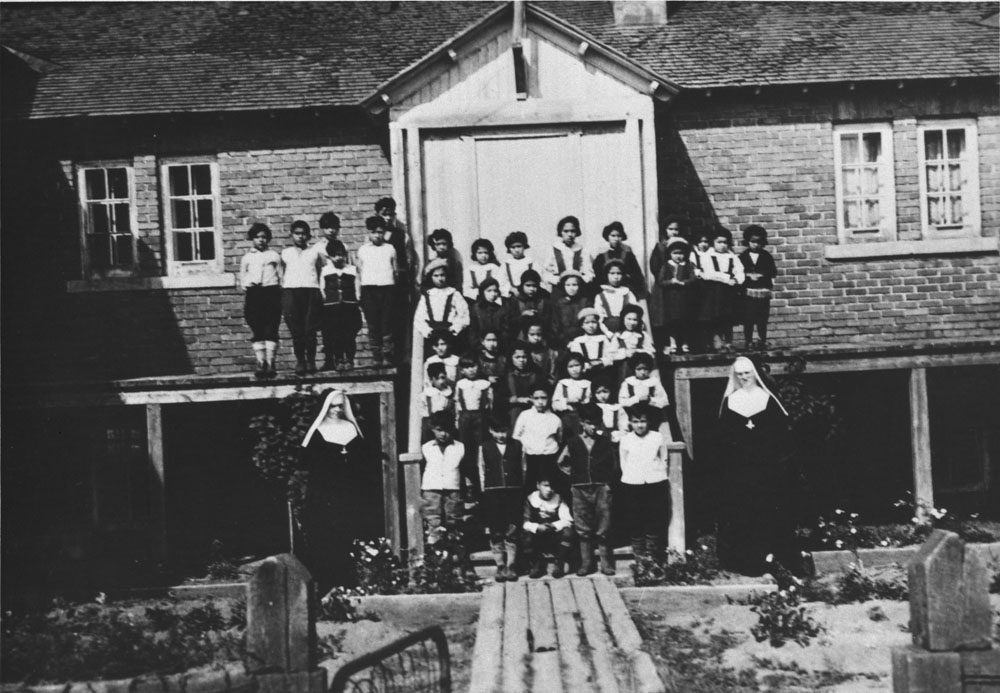Late with this blog post as well as my other discussions. Been occupied with visits to the hospital and then trying to catch up with what I missed. In any case, here are five resources. I checked posts by others, and I do not think I have any repeated sources, but apologies if I do.
http://www.orangeshirtday.org/resources–ideas.html
Probably would have been good if I posted this earlier, but this is a great resource for Orange Shirt Day, which is a day to remember the impact of Residential Schools in Canada. Orange Shirt stems from the story of Phyllis and her first day at residential school and promotes “Every Child Matters”. An important day for reconciliation.
http://numerocinqmagazine.com/2014/05/23/the-failure-of-reconciliation-taiaiake-alfred/
Speaking of reconciliation, this is a short post that links to a previous post as well as another video with Taiaiake Alfred. Taiaiake Alfred is an advocate for his people, with eloquent views on how to go about reconciliation and the complex ongoing social issues.
https://equityhealthj.biomedcentral.com/articles/10.1186/s12939-016-0366-0
An article on indigenous young people in Australia. This is a literature review, but has a different conclusion to some of our first module readings. It is suggested that the internet and social media has given power to the people to set up their community and to build identity.
https://www.ic.gc.ca/eic/site/028.nsf/eng/00536.html
Archived page from the Government of Canada that specifically states the need for digital literacy and moving from “inclusion” to ‘transformation”. In the article, the challenges to indigenous communities are clearly laid out and there is a reference to learn from “Australia’s program designed specifically for Indigenous communities”.
https://takayatours.com/
With all the focus on reconciliation and technology, it is important to keep in mind a large part of the aboriginal culture and the lens for learning: the connection to the land. Takaya tours is one of many tours available now in Canada that can help students that are typically in classrooms have the chance to experience and connect with the land.

